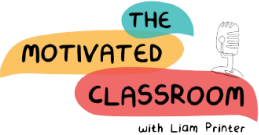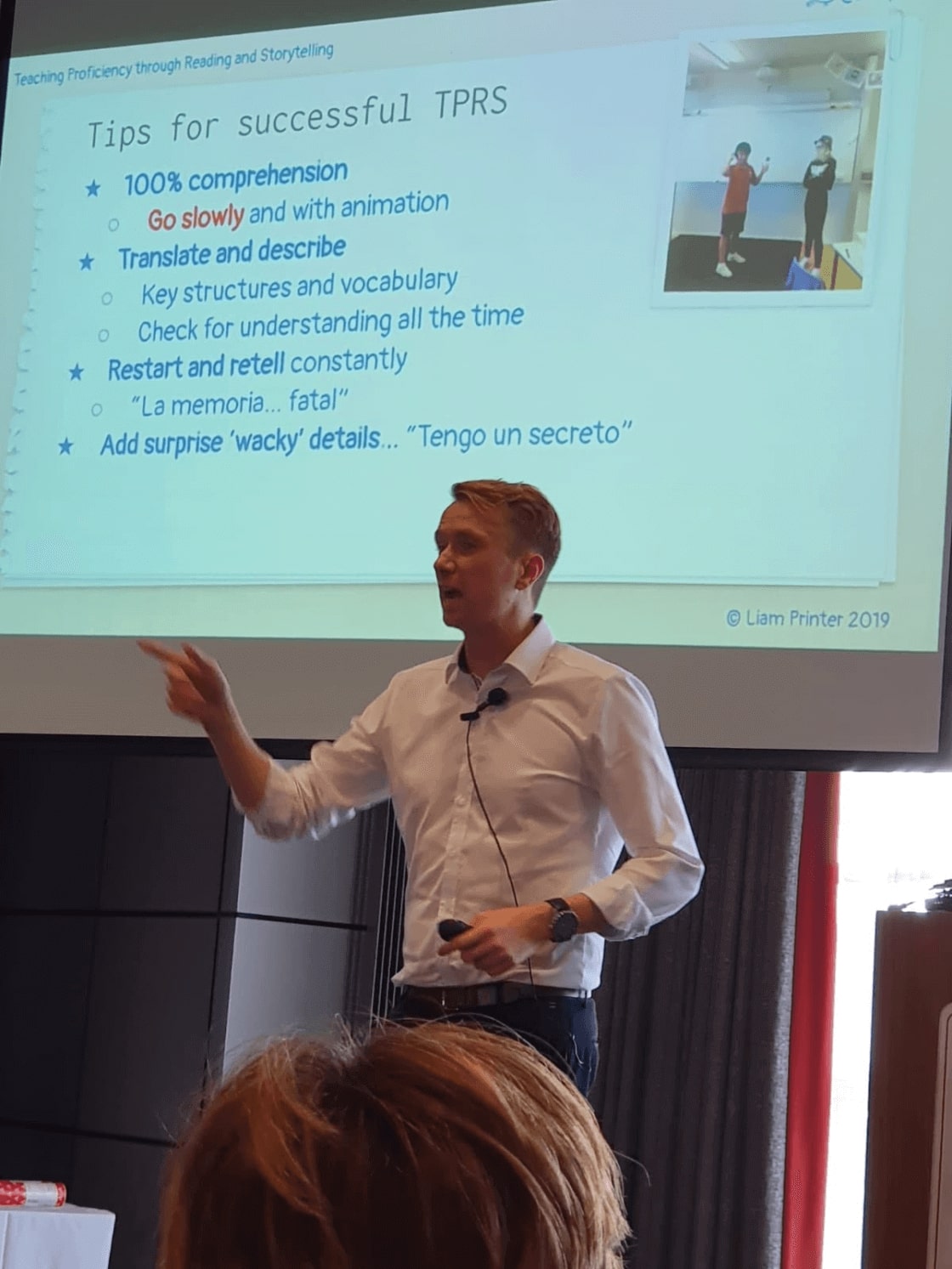TPRS stands for 'Teaching Proficiency Through Storytelling' and basically it uses stories with lots of repetitions of key structures to teach fluency rather than detailed vocabulary lists. It is based on the theory of 'comprehensible input' which fundamentally outlines that to learn a language you need 'input' (words written and spoken) on repeated occasion in an understandable format. I was first introduced to it last year in our language department here at Leysin American School. I'm not going to lie, when I first watched the 'over the top' teaching of TPRS Godfather Blaine Ray, I was a bit skeptical but the other teachers in my department loved it so I gave it a shot.
At first it was nothing short of a disaster. I felt exhausted and flustered throughout the lesson and I think my students simply thought I'd taken the wrong pills that morning. But I persisted with the help of other teachers in the department and we then received two separate training sessions on the approach, one from Blaine Ray himself and another from Beth Skelton. I was hooked. After just 35 minutes of mandarin I was able to read and understand a full page of text and say various key sentences like "I need", "Have you got", "Where is" etc and I could understand more than 95% of someone speaking only in mandarin. After just 35 minutes! It really blew me away.
If this is the first time you've heard of it you should take a look at Blaine's videos, follow Beth Skelton on twitter and check out Martina Bex's site too. I've never used any other method that worked so well at embedding difficult grammar. I've just spent the last two weeks doing a story with my Spanish 1 class about a guy who was lazy, and used to only sunbathe and watch TV, but then he went to the house of the Aunt of Jennifer Lopez and suddenly became a fitness freak. He went to the Olympics in Puerto Rico and won every gold medal before wanting to participate in a Taco eating contest with... well with Jennifer Lopez's auntie... of course! This was all done in the past tense using a mix of 'preterito indefinido' and 'imperfecto' and the students can all tell me that story now using those structures and speaking about their own life with the same structures.
Here is a picture of a previous story we did 3 weeks ago written as homework by a student. No google translator, no outside help. Simply a method that repeats the key structures with memorable silly details. Trust me, it works.
Please leave me your comments on get in touch on twitter here or tweet @liamprinter

